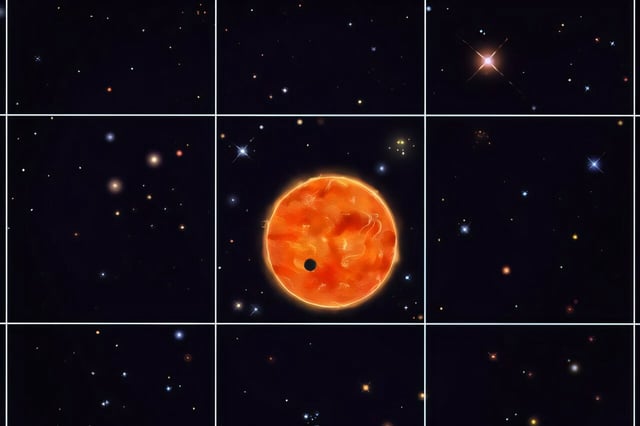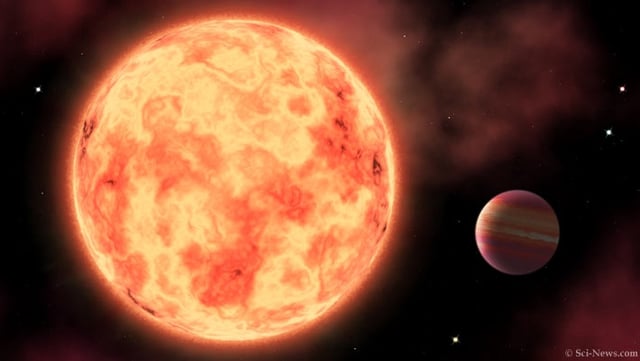Overview
- The UC Irvine study finds that more than 200 exoplanets discovered by TESS have larger radii once light from neighboring stars is accounted for.
- Researchers used a bespoke model paired with ESA’s Gaia observations to quantify and correct stellar light contamination in transit data.
- All three single-planet systems once considered Earth-sized are now reclassified as significantly larger bodies, likely water worlds or gaseous planets.
- Revised size estimates reduce the number of true Earth analogs, reshaping which targets are prioritized in the search for habitable worlds.
- Han’s team is reexamining previously dismissed candidates and advising the community to integrate contamination corrections into future analyses and James Webb Space Telescope follow-ups.

